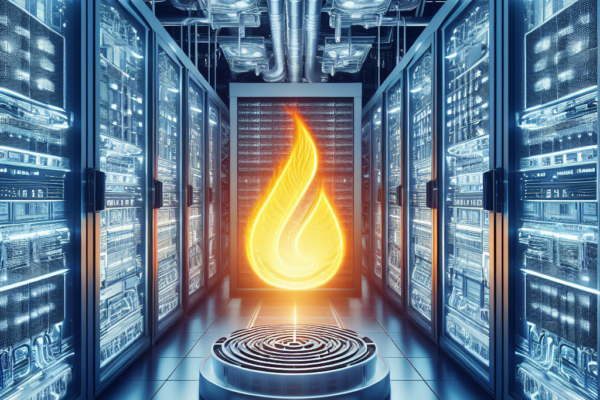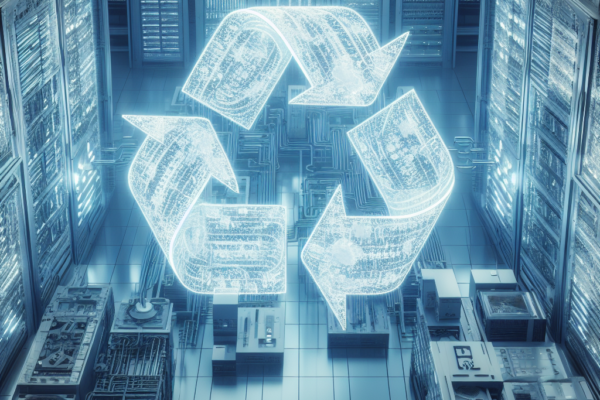Data Center Heat Reuse
In most data centers, the fate of excess heat generated by servers and other equipment is pretty simple: The heat ends up being dissipated by some type of cooling system — such as chilled air or liquid cooling — and, ultimately, distributed into the surrounding environment.
Data center heat reuse involves capturing and repurposing the heat generated by IT equipment to fulfill other heating needs within a facility. Here are some measures to implement for efficient data center heat reuse:

Heat Recovery Systems:
- Install heat recovery systems that capture the hot air generated by servers. These systems can use heat exchangers to transfer the thermal energy from the hot air to a fluid, such as water or refrigerant.
District Heating Systems
- Collaborate with local communities or facilities to integrate data center heat into district heating systems. This involves sharing excess heat with nearby buildings for space heating purposes.
Water Heating:
- Utilize the captured heat to preheat water for the facility’s hot water needs. This can include heating water for showers, kitchens, or other applications.
Hydronic Heating Systems:
- Integrate hydronic heating systems that use hot water or other fluids to distribute heat within the building. This can be particularly effective in office spaces or other areas with specific heating requirements.
Air Handling Units (AHUs):
- Connect the data center’s heat capture systems to the facility’s air handling units. This can contribute to the overall heating of the building by distributing captured heat through the ventilation system.
Greenhouse Heating:
- If applicable, consider using the captured heat to provide warmth to greenhouses or indoor agricultural facilities. This can be especially beneficial in colder climates.
Thermal Storage:
- Implement thermal energy storage systems to store excess heat for later use. This allows for more flexible distribution and utilization of captured heat based on the facility’s heating demands.
Collaboration with HVAC Systems:
- Coordinate with the building’s HVAC systems to ensure optimal integration of the captured heat. This may involve adjustments to thermostat settings or other HVAC controls.
Regulatory Compliance:
- Ensure compliance with local regulations and codes related to heat reuse. Some regions may have specific guidelines or incentives for implementing sustainable practices like data center heat reuse.
Energy Efficiency Optimization:
- Continuously optimize the energy efficiency of the data center and associated systems to minimize overall energy consumption and maximize the effectiveness of heat reuse initiatives.
Implementing these measures requires a comprehensive approach that considers both the technical aspects of data center operations and the building’s heating infrastructure. Additionally, collaboration with local stakeholders and authorities may be necessary for successful heat reuse initiatives.

